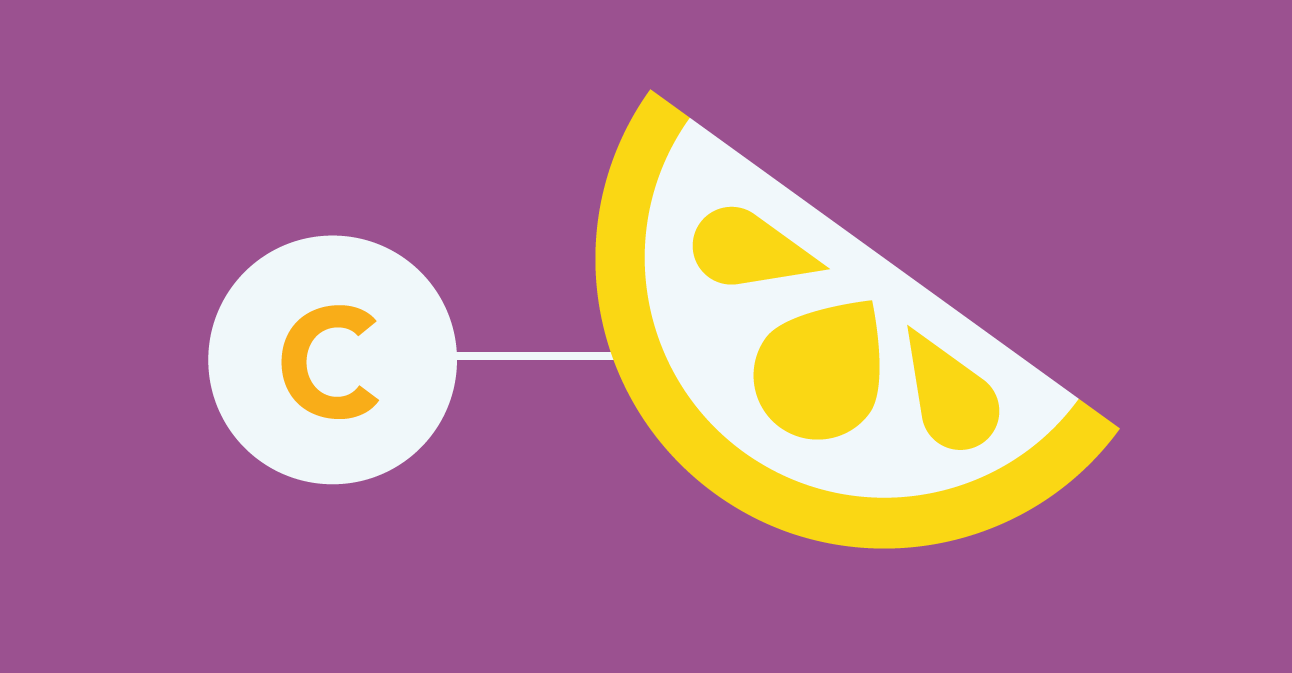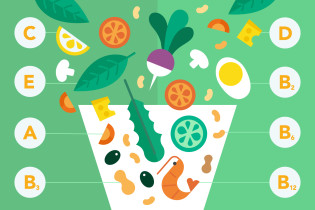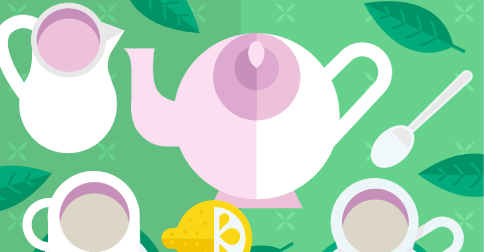More than fresh: Vegetable choices for everyone
Last Updated : 01 February 2011Our favourite fresh vegetables are not available all year round. Does this mean we have to do without when they are out of season or are frozen and tinned vegetables valid alternatives?
Fresh vegetables straight from the garden are many people’s ideal, and freshness is an important factor when buying certain foods. However, vegetables start losing nutrients as soon as they are harvested. Summer peas can lose up to half their vitamin C within a day or two, even before cooking.1 So to maximise the nutritional goodness of vegetables, the race to the table is on.
There are three main forms in which vegetables are sold – fresh, frozen or tinned. Contrary to popular belief, each has its own benefits despite the common idea that fresh is always best.1,2 Three servings of vegetables a day is the often recommended intake. The rest of this article will look at how to achieve this goal.
Fresh
Fresh vegetables add taste, texture, colour and variety to any meal. But to offer maximum nutritional benefit, they need to be just that – fresh. Time from harvest to table is therefore vitally important with fresh vegetables. With many retailers distributing food from a central location, vegetables may be harvested quite some time before appearing on the supermarket shelf. Add to this the time spent in the fridge or pantry before appearing on the dinner table and a detrimental effect on nutritional content is inevitable. Losses can be reduced by keeping fresh vegetables - i.e. local, seasonal produce - in the fridge and using them as quickly as possible.
Processed
Fresh vegetables are frozen or tinned in order to offer us convenience and safety, but also to allow time for them to be transported further to the market. The effects of vegetable processing may not always be in line with consumer expectations for taste and texture, but the nutritional value remains. This conclusion has been supported by a prospective cohort study in over 20,000 Dutch men and women followed for ten years, which showed that the higher the vegetable intake, the lower the risk for cardiovascular diseases, irrespective of whether the vegetables were raw or processed (processed vegetables comprised home-cooked vegetables including canned and frozen vegetables, and tomato sauce).3
Frozen
Frozen vegetables are frozen while still fresh, usually within a few hours of harvesting, keeping the goodness of their original ‘fresh’ state locked in. But all vegetables are blanched before freezing, which reduces the level of less stable water-soluble vitamins, such as vitamins B1 and C, as well as antioxidants.1 Other nutrients are far more easily retained, such as fat-soluble vitamins A and E, and may even become more available after such processing.2 Frozen vegetables have a longer shelf life than fresh so can be enjoyed at any time of year, irrespective of season.
Tinned
Vegetables in a tin have the longest shelf life of all. Tinned vegetables remain safe to eat for well over a year, some even longer. Tinned vegetables are usually blanched because this is an important part of preserving vegetables. As they are also heat-treated as part of their production, they compare most closely to cooked vegetables. Preservation processes that do not require heating have been developed in recent years in order to maintain texture and nutrient levels as much as possible.4
Although more nutrients are lost initially during the canning process compared to freezing, losses during storage are less than in both frozen and fresh vegetables.1 Lycopene, an antioxidant found in tomatoes, attracted attention when levels were found to be higher in tinned tomatoes than fresh.2 This may be due to it becoming more available during canning, but certainly confirms that it remains stable. Minerals and fibre are also stable to processing, so that levels of these nutrients are similar in all three types of vegetables.2 A concern restricted to tinned vegetables is what is added rather than lost. The addition of salt in the form of brine is part of the preservation process, but inevitably raises the sodium level. Manufacturers are working to reduce the sodium content of tinned products.
All equal
The contribution and importance of vegetables as providers of many vitamins, minerals and fibre is undisputed, and many of us should eat more vegetables to gain the nutritional benefits they offer.1 Vegetables are frozen and canned to suit the needs of today’s consumer. They give us greater variety year round as convenient, safe and high-quality alternatives to their fresh equivalents. Dietary guidelines across Europe recommend including all types of vegetables, fresh, frozen and tinned, in order to eat enough. These recommendations should be heeded, safe in the knowledge that nutritional benefits can be realised whichever you choose.
References
- Rickman JC, Barrett DM & Bruhn CM. (2007). Nutritional comparison of fresh, frozen and canned fruits and vegetables. Part I. Vitamins C and B and phenolic compounds. Journal of the Science of Food and Agriculture 87:930-944.
- Rickman JC, Barrett DM & Bruhn CM. (2007). Nutritional comparison of fresh, frozen and canned fruits and vegetables. Part II. Vitamin A and carotenoids, vitamin E, minerals and fiber. Journal of the Science of Food and Agriculture 87:1185-1196.
- Oude Griep LM et al. (2010). Raw and processed fruit and vegetable consumption and 10-year coronary heart disease incidence in a population-based cohort study in the Netherlands. PLoS One 5(10):e13609.
- Sánchez-Moreno C et al. (2009). Nutritional approaches and health-related properties of plant foods processed by high pressure and pulsed electric fields. Critical Reviews in Food Science and Nutrition 49(6):552-576.



